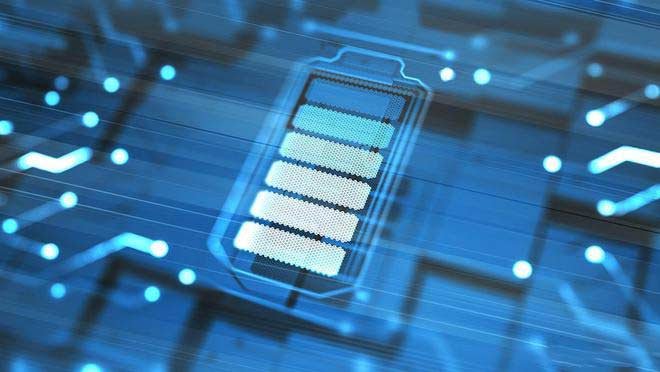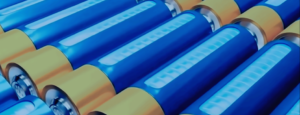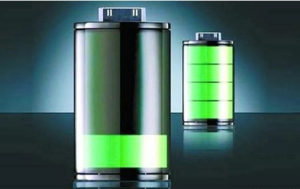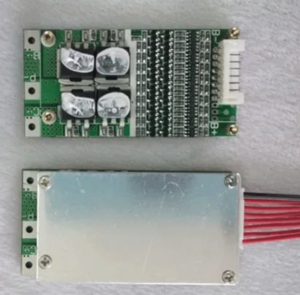Electrode materials are an important part of lithium batteries, which directly affect the performance and cycle life of batteries. In a lithium battery, two electrode materials are usually included, a positive electrode material and a negative electrode material. The characteristics and common improvement strategies of these two electrode materials will be introduced respectively below.
1. Cathode material
The cathode material is a key part of a lithium battery, which is responsible for storing and releasing lithium ions. Common cathode materials include lithium cobalt oxide (LiCoO2), lithium nickel manganese oxide (LiNiMnCoO2) and lithium iron phosphate (LiFePO4).
(1) Composition of positive electrode materials
1. Lithium cobalt oxide (LiCoO2)
Lithium cobalt oxide is one of the most commonly used cathode materials with high energy density and high voltage platform. However, lithium cobalt oxide has problems such as limited capacity, high price and thermal runaway.
2. Lithium nickel manganese oxide (LiNiMnCoO2)
Lithium nickel manganese oxide is a new type of cathode material with high capacity and low cost. It is a composite material composed of lithium, nickel, manganese and cobalt, which can improve the energy density and cycle life of the battery.
3. Lithium iron phosphate (LiFePO4)
Lithium iron phosphate is a safer cathode material with a lower voltage plateau and lower energy density. Its advantages are good stability, low price and good environmental protection.
(2) Improvement strategy
1. Synthesize new high-capacity cathode materials, such as lithium nickel manganese oxide and lithium iron phosphate, to increase the energy density of lithium batteries.
2. Improve the conductivity and electronic conductivity of the positive electrode material by doping or coating a conductive agent to improve the performance of the battery.
3. Optimize the structure and morphology of cathode materials to improve the storage and release capacity of lithium ions.
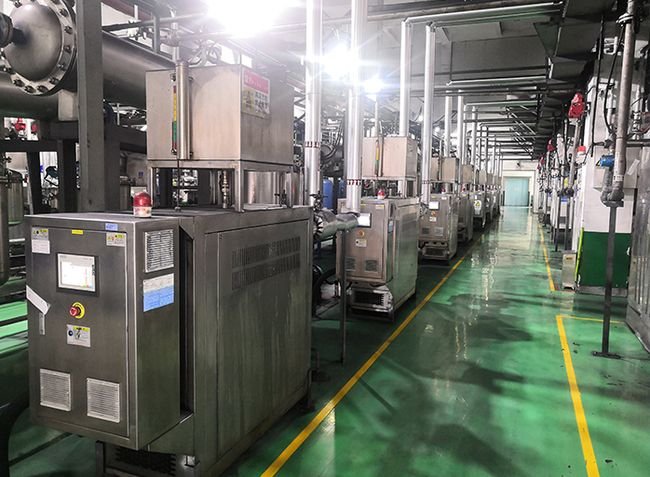
2. Anode material
Anode materials are another important component in lithium batteries, responsible for storing and releasing lithium ions. The traditional anode material is graphite, but its capacity is limited. In recent years, researchers have developed some new negative electrode materials, such as silicon and lithium metal alloys.
(1) Anode material composition
1. Graphite
Graphite is a traditional negative electrode material with high electrical conductivity and stability. However, graphite has a limited capacity, limiting the energy density of batteries.
2. Silicon
Silicon is a high-capacity anode material with abundant resources and low cost. However, silicon is prone to volume expansion during charging and discharging, leading to cracking and failure of electrode materials.
3. Lithium metal alloy
Lithium metal alloy is an anode material with high capacity and high energy density, which can replace the traditional graphite anode. However, lithium metal alloys are prone to form lithium dendrites during charging and discharging, leading to battery short circuits and safety issues.
(2) Improvement strategy
1. Inhibition of lithium dendrite growth on lithium metal anodes to prevent battery short circuits and safety issues.
2. Optimize the structure and morphology of negative electrode materials to improve the storage and release capacity of lithium ions.
3. Develop new negative electrode materials, such as silicon nanoparticles, porous carbon materials, etc., to improve the energy density and cycle life of batteries.
In general, the improvement of electrode materials for lithium batteries can be achieved through strategies such as synthesizing new materials, improving the electrical conductivity and electronic conductivity of materials, inhibiting the growth of lithium dendrites, and optimizing the structure and morphology of materials. These improvements can improve the energy density, cycle life, and safety of lithium batteries.

